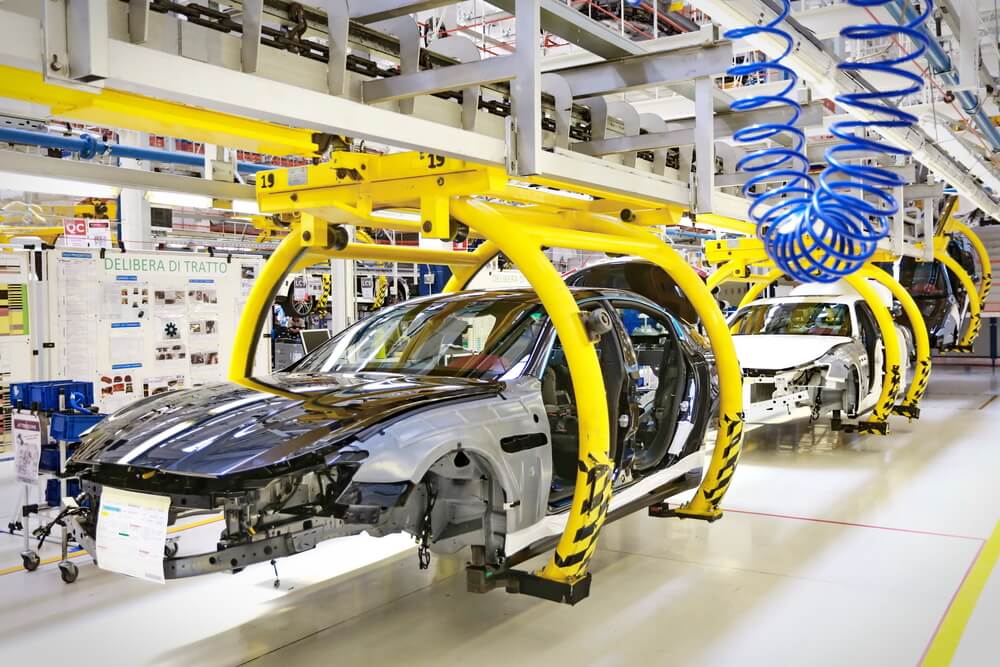The package includes several measures, the most important being a four-year moratorium on adjusted gross revenue (AGR) dues.
The Narendra Modi government last week announced important steps to help three ailing sectors—telecom, automotive, and banking. The best thing about them is that…well, they are there, showing the government’s desire to revitalize them. But would the desire be fulfilled? To some extent, but not fully.
The package includes several measures, the most important being a four-year moratorium on adjusted gross revenue (AGR) dues. AGR, a revenue-sharing mechanism between the government and telecom companies, has proved to be the bane of Vodafone Idea and Airtel. The government wanted AGR dues to include all revenues from telecom as well as non-telecom services. Telcos, on the other hand, claimed that AGR should be restricted to core services.
The companies fought a lengthy legal battle but lost the case in the Supreme Court. The defeat saddled Vodafone Idea with dues of more than Rs 59,000 crore and Bharti Airtel around Rs 44,000 crore.
Unwilling to run a company burdened with such financial liability, Vodafone Idea non-executive chairman Kumar Mangalam Birla quit in the first week of August. Birla’s partner, Vodafone Group Plc, too seemed to have given up on the joint venture. It won’t put in any money to revive it.
Needless to say, the moratorium has the potential to revive Vodafone Idea. Unsurprisingly, the moratorium has delighted the promoters. “The path-breaking reforms announced by the government today will go a long way in unshackling the telecom sector. These reforms demonstrate the government’s firm commitment to ensuring healthy growth of the industry,” Birla said in a joint statement.
There was more good news for the telcos. There has been rationalization of AGR; non-telecom revenue will now be excluded, as demanded by telcos, but on a prospective basis. Which means that Vodafone Idea and Airtel will still have to clear the past AGR dues.
While benefiting the two telcos, the moratorium won’t hurt the government financially. This measure is “revenue neutral”, Telecom Minister Ashwini Vaishnaw said at the press briefing after the Cabinet meeting. If they avail the option of moratorium, telecom companies will have to pay interest for the period the payment is deferred. They have also been given the option to convert the interest payment arising due to the deferment into equity, which will be handed over to the government.
There are many other elements in the telecom package that would make the companies happy, like reduction in the requirement of bank guarantees and lowering of penalties for delays in the payments of license fee and spectrum usage charge.
It was a case of, as an old Mohammed Rafi song says, “…Tumhi ne dard diya hai, tumhi dawa dena…” (You tormented me, now give me relief). The troubles of telcos became life-threatening when the government insisted on the irrational demand it had raised by way of AGR dues. It virtually accepted the unsoundness of the demand when it exempted a clutch of public sector enterprises from the AGR burden. However, it feared (wrongly) that exempting private companies would attract the charges of being pro-corporate, anti-poor, etc.
The production-linked incentive (PLI) scheme that the government announced is more to promote its obsession with electric vehicles and hydrogen fuel cell vehicles than to help the existing automakers. The Rs 26,058-crore package “is open to existing automotive companies as well as new investors who are currently not in automobile or auto component manufacturing business,” an official press release said.
The scheme has two components—the Champion OEM Incentive Scheme and the Component Champion Incentive Scheme. The former is a sales value-linked scheme, applicable on battery electric vehicles and hydrogen fuel cell vehicles of all segments. The Component Champion Incentive Scheme, also a sales value-linked scheme, is for advanced automotive technology components of vehicles, completely knocked down (CKD), semi knocked fown (SKD) kits, vehicle aggregates of two-wheelers, three-wheelers, passenger vehicles, commercial vehicles, tractors etc.
Maruti Suzuki chairman R.C. Bhargava’s reaction to the PLI scheme was lukewarm. He told a news portal that the PLI scheme’s purpose is to “incentivize production of new technology items. ICE [internal combustion engine] is not new, it is a centuries-old technology, so obviously it was not covered in the PLI scheme.”
It needs to be mentioned here that Maruti, which is the largest carmaker in India, has yet to announce a timeline for making electric vehicles (EVs).
The government’s excessive emphasis on EVs has already caused a great deal of damage to the auto sector, so even greater emphasis on the same is unlikely to help carmakers.
The setting up of National Asset Reconstruction Company Limited (NARCL), also called “bad bank”, with a Central government guarantee of Rs 30,600 crore is expected to tackle the problem of non-performing assets (NPAs) of banks, especially those in the public sector. This guarantee will back the security receipts or SRs issued by NARCL for acquiring stressed loan assets.
It is difficult to speculate how NARCL will pan out. A lot of measures have been taken in the past to reduce NPAs but not to great avail.
But there is a possibility that banking gets some relief. Decline in the telecom sector can also be checked; the prospects of duopoly now look a lot less ominous. However, the PLI package doesn’t inspire as much hope of success
Ravi Shanker Kapoor is a freelance journalist

